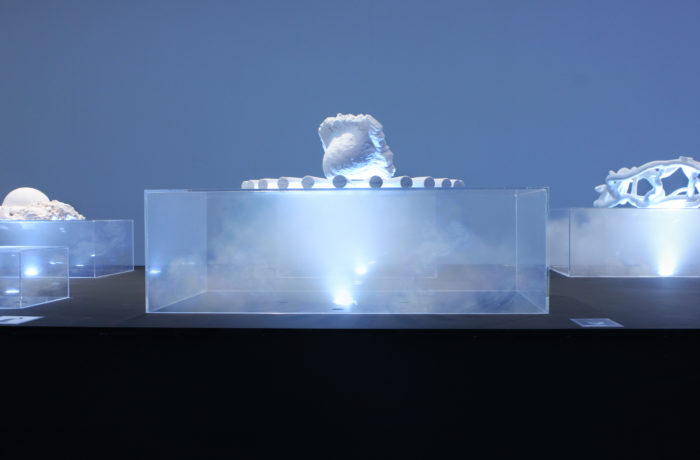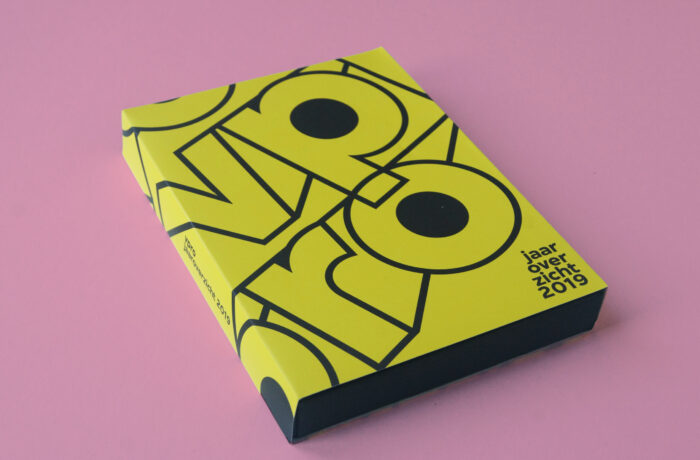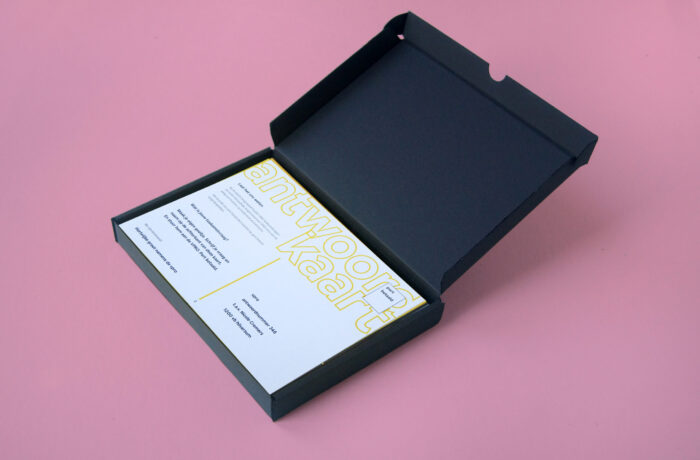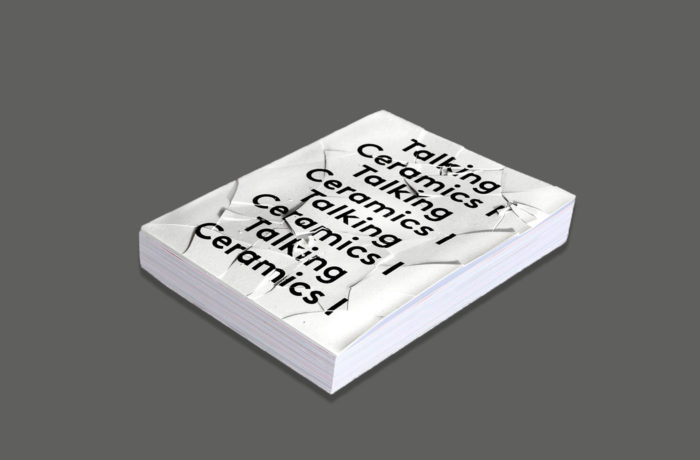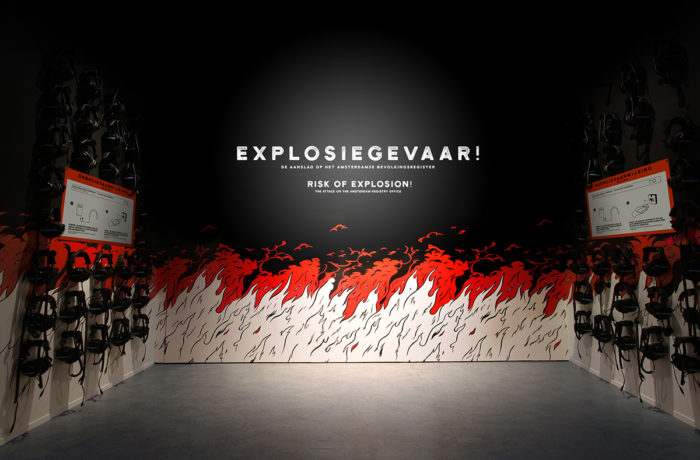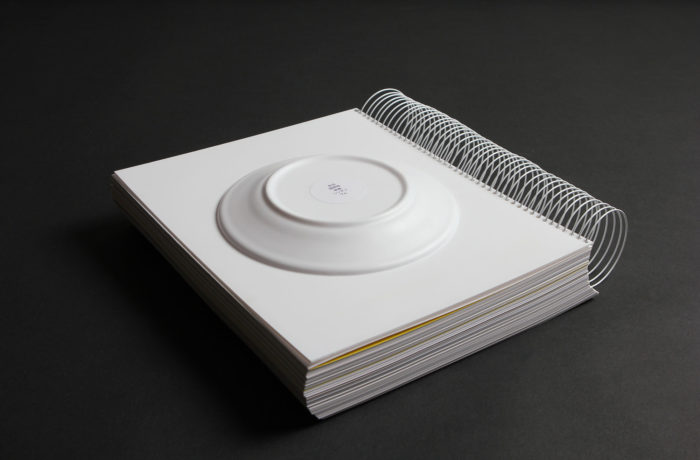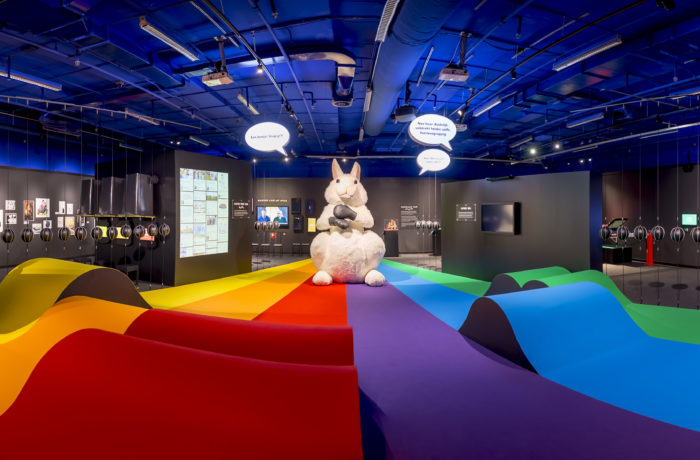The Ghosts of Sunday Morning
Design Museum Den Bosch together with guest curator Glenn Adamson are paying tribute to the expert advisers at the European Ceramic Work Centre (EKWC, now known as Sundaymorning@ekwc) with the exhibition The Ghosts of Sunday Morning. For fifty years now, the EKWC has brought together knowledge, design and imagination in the field of ceramics. Thirty key works from the EKWC’s history have been reinterpreted and executed in white clay, creating an exceptionally beautiful and ghostly spectacle, in which past and present overlap.
The ghostly white pieces are displayed on perspex stands filled with slowly moving clouds of smoke. As visitors move around the exhibition, the stands slowly light up, and the experience is completed by an enigmatic soundscape formed by the delicately tinkling sound of clay cooling down after firing in the kiln.

